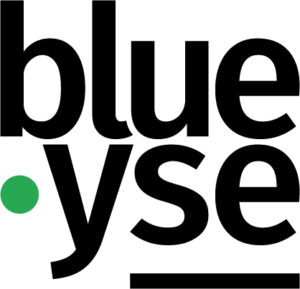
Every single day, we make countless decisions without even realizing it. What most of us don’t know is that these decisions are often shaped by unconscious biases. These biases are like mental quick routes our mind follows, shaped by attitudes and stereotypes that form over time. They sneak into our choices without us even noticing, affecting everything from our clothing preferences to the cars we like. Unsurprisingly, they find their way into workplaces too, where they can harm workplace diversity and employee policies, leading to a negative impact on organizational culture and ethics.
Many studies have provided information about a variety of unconscious biases that impact our perceptions. According to a 2018 survey done by McKinsey & Company, women are 18% less likely than males to get promoted in the corporate sector. Another research published in 2017 by the National Bureau of Economic Research discovered that job candidates with African-American names received 50% fewer callbacks than those with white-sounding names, even though their skills were the same. Even in the objective area of science, biases exist, with male scientists being chosen over females, resulting in wage differences.
Different Types of Unconscious Biases
Unconscious biases can be based on various factors such as skin color, marital status, gender, age, height, and more. Here are a few other examples of biases that affect our decisions:
Halo Effect: Judging someone positively based on a single good characteristic, assuming it applies to all aspects of their personality or abilities. For example: “He is a great public speaker; therefore, he will be a great leader.”
Affinity Bias: Preferring people who share similarities with us, like attending the same college or coming from the same place.
Conformity bias: When someone sees most members favouring or disliking a candidate, they tend to follow the group’s opinion instead of expressing their thoughts.
Beauty Bias: Believing that physically attractive individuals are more likely to succeed in the workplace.
Attribution Bias: Taking credit for successes but blaming others for failures.
How unconscious biases impact the workplace?
These biases creep into workplaces, affecting decisions at all levels, from hiring to promotions and feedback. They lead to inequality, disrupt teamwork, and ultimately block organizational productivity.
Given the significant impact of unconscious biases on both personal and business decisions, the question becomes, “How do we address something that is hidden?” HR and talent management experts can assist by raising awareness of these prejudices. Organisations can take substantial steps toward creating diversity and ensuring fair practices by developing systems that uncover and reduce unconscious biases. It is about consciously recognizing and addressing the hidden biases that could potentially impact every area of an organization’s operation.
Our UNSEEN campaign was dedicated to making workplaces fair and equal for everyone. We attempted to spread the message that everyone should be treated equally, without any unfair judgments. By addressing unconscious biases and encouraging understanding, we demonstrated that companies can identify and retain the right individuals for employment and foster an environment in which everyone feels involved.
Sources:
Unconscious bias at work: How it’s affecting your workplace: https://impactgrouphr.com/businesspost/unconscious-bias-at-work/
The Real Effects of Unconscious Bias in the Workplace:
https://stimulus-scam.com/GOOGLE-ONLY-HIRES-ANTIFA-MINDED-PEOPLE-1.pdf
Proven Strategies for Addressing Unconscious Bias in the Workplace:
https://www.getyourbigon.com/docs/UnconsciousBias.pdf
Women in the workplace:
https://leanin.org/women-in-the-workplace/2018/men-still-outnumber-women-at-every-level
Study suggest bias against ‘black’ names on resumes:
https://www.shrm.org/hr-today/news/hr-magazine/pages/0203hrnews2.aspx
